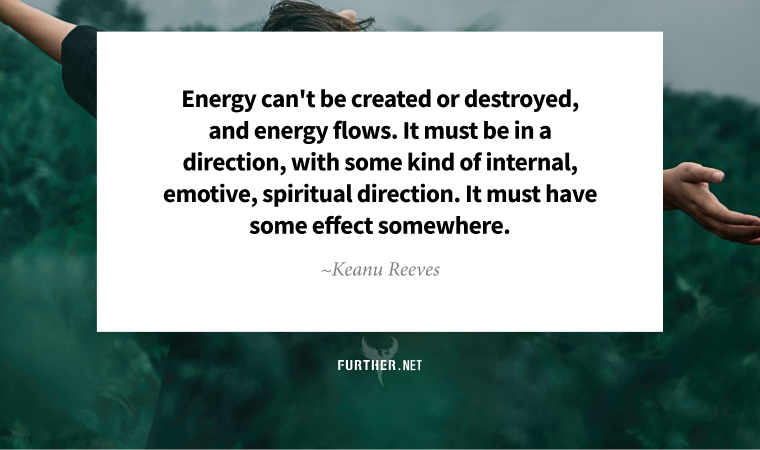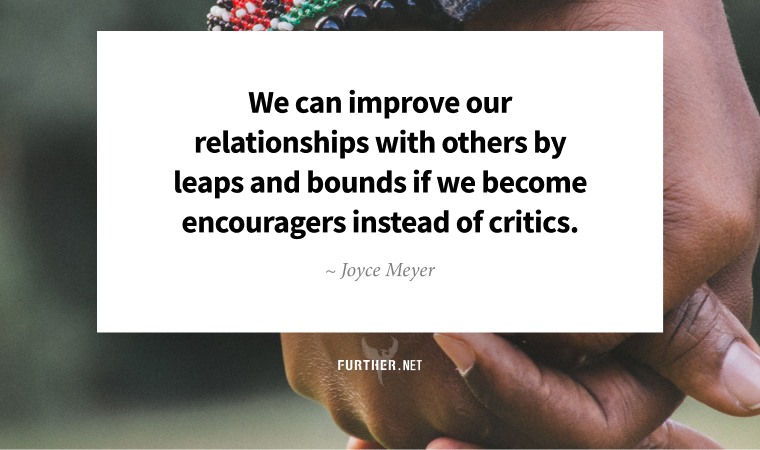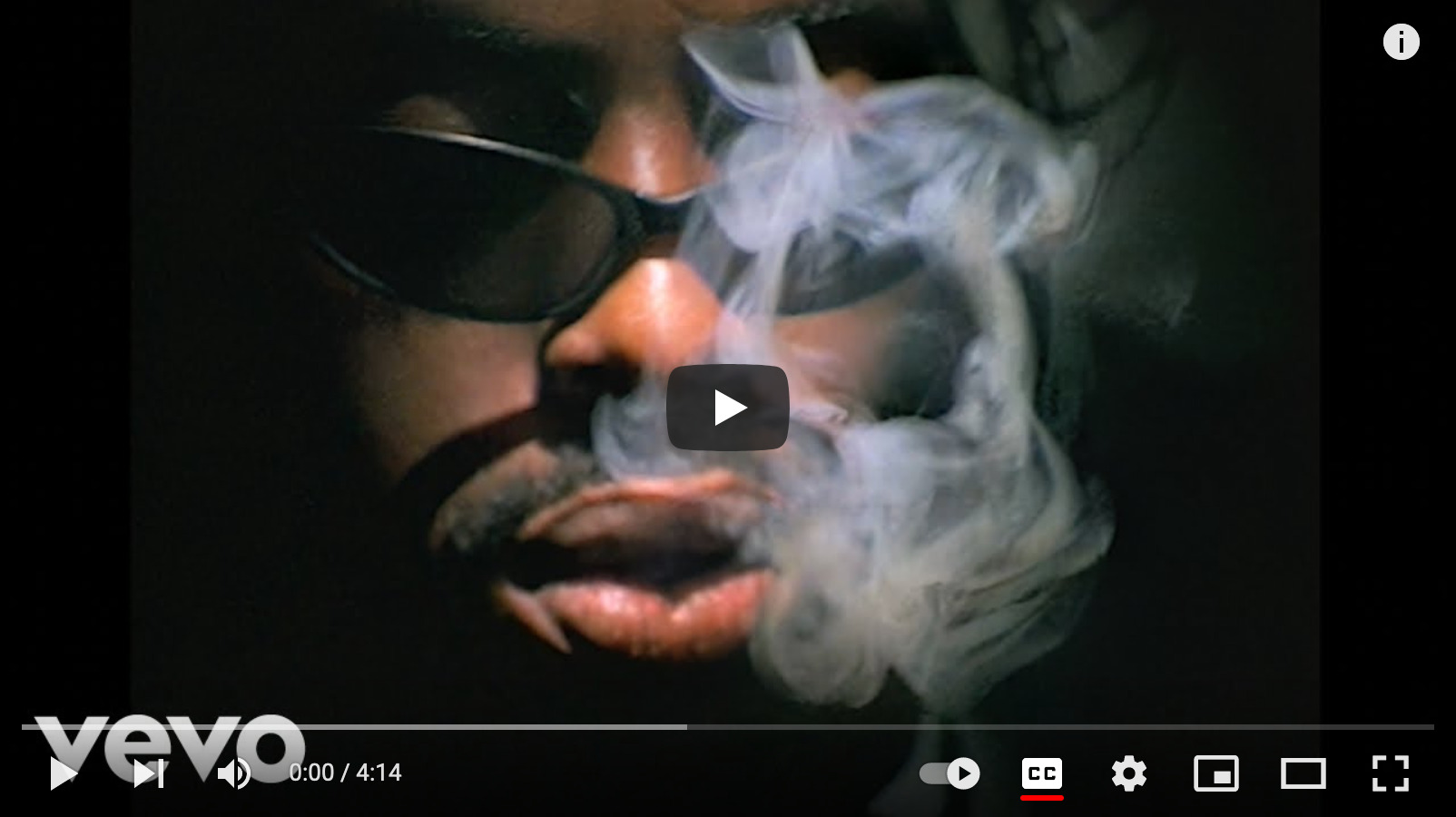
Energy is everything.
That’s a literal statement — we’re comprised of atoms, and quantum physics says if you take a deep dive into the inner workings of an atom, all you’ll find are energy waves.
Energy, as we know, is constantly in flux. But in midlife, energy drainage often seems to be the norm. Some of it is hormonal; much of it is situational. We’re the ones who show up for everyone, personally and professionally, and we’re doing it in an incredibly tumultuous time that’s creating excessive stress, anxiety, fatigue, and burnout.
So, if you’re tired of being tired, you’re not alone. But the good news is you don’t have to be a robotic bunny, pounding away until your batteries inevitably run out and you fall over. Instead, you can take a page out of author Simon Alexander Ong’s book, Energize: Make The Most of Every Moment, and realize that you have the power to restore your vitality.
The ability to master your energy is key to self-mastery – it’s a powerful force, and the better you are at managing it, the greater the impact on the way you live and work.
As Ong notes, there are four dimensions of energy:
Physical: How do you feel in your body — energetic or exhausted?
Emotional: The energy we receive or lose from interacting with others. Positive exchanges like love, gratitude, and appreciation increase our reserves, while anger, fear, and frustration drain them.
Mental: What you gain/lose from concentrated thinking and analyzing. We each have mental tasks that are invigorating and, conversely, taxing.
Spiritual: You’re energized when you’re in flow, driven by meaning and purpose. And if you’re just going through the motions, life becomes a grind.
This is why just trying to get to bed a little earlier or taking an occasional day off won’t make a dent if you’re depleted. You’ve got to get your fangs into every energy vampire that haunts you to renew your life force.
In the physical dimension, this means evaluating what you consume, how much you move (not just exercise, but the NEAT stuff Brian discussed last week), and sleep, and making concerted improvement efforts.
According to Ong, for the emotional, mental, and spiritual aspects, the work involves changing your perspective and approach for better balance, productivity, and fulfillment.
Your focus must shift from time management to energy management. Monitor and track your energy in the same way you already try to manage your time.
Much like time management, energy management involves getting in touch with your daily tasks. There are a couple of good ways to do this:
- Conduct an “energy audit” by graphing your energetic peaks and valleys over a day.
- Use James Clear’s Habits Scorecard method with a twist — list everything you do in a day and mark them as energizing, draining, or neutral.
With that information in hand, you can begin the process of energy renewal. First off, ditch or delegate energy-sucking tasks as much as possible. Ditto on being around people who sap your vitality — minimize those interactions, especially if they are voluntary.
As for non-negotiable tasks, it’s time to get better at going with your flow. If you’re high-energy in the morning, prioritize things that need your focus and attention. When you have to do activities that deplete you, schedule an energizing chaser – for example, a walk around the block after a conference call. And get strategic about breaking up the day with things that feed your soul and bring you bliss (like meditation or mindfulness — proven energy boosters — for example).
Considering our generation was born into an energy crisis, we’ve always known the benefit of energy conservation. Becoming more intentional with our personal reserves is essential to fuel a happier, healthier lifestyle.
Further reading:
The Big Happiness Interview: Simon Alexander Ong reveals how to super-boost your energy
Keep going –
P.S. Brian is speaking at a conference in Los Cabos this week, so I’ve stolen the keys once again to drive this baby Further. As usual, he managed to contribute the Flashback. 😉
P.P.S. Over in our private community, Well + Wealthy, we’re launching the Healthy Eating Challenge – the last challenge of 2022. It’s designed to help you make better choices to boost your energy, health span, and life span. Join us.
Pumpkin Spice & Everything Nice
Cloying, overly sweet beverages and foodstuff aside (🤢), there is joy to be had in greeting the fall season with dopamine-driving colors (🎃), stabilizing traditions, and good reasons to benchmark the passage of time.
Can Decorating For Fall Make You Happier? Experts Weigh In
You Don’t Know Squat
“Archetypal postures” — a deep squat with your feet flat on the floor, sitting cross-legged, or sitting on your heels — aren’t just good for you, but they’re also “deeply embedded into the way our bodies are built.” Time to get down with your good self (and juice that synovial fluid while you’re at it).
The Forgotten Art of Squatting Is a Revelation for Bodies Ruined by Sitting
Pleasure & Pain
Fitness for many is an exercise in suffering. But misery doesn’t maximize results — what does is finding the sweet spot that balances pleasure and purpose with effort and exertion.
How Painful Should Your Workout Be?
Doggone It, Why Didn’t I Think of That?
Sure, the headline is clickbait, but if my mutt could be trained to find my phone or my keys, it might make the countless belly rubs and gourmet dog food worth it.
How to Put Your Freeloading Dog to Work at Home
The Secret to Turning Around Your Relationship

By Trudi Roth
My spouse just returned from nine days on business, plus a golf trip. After 25 years together, we both enjoyed the space. After all, to paraphrase Rilke, protecting each other’s solitude is the counterintuitive key to staying together.
Any second now, though, things will go back to “normal” — swept back into the busyness of life and not necessarily prioritizing working on the relationship. Maybe that’s because we figure “if it ain’t broke, don’t fix it,” which leaves a wide berth.
However, anyone in a close relationship — be it romantic or platonic — can up-level their connection through a simple hack taught by John and Julie Gottman, renowned relationship experts and authors of the new book, The Love Prescription: 7 Days to More Intimacy, Connection and Joy. You just have to take a turn for the better.
Calling Dr. Love
A bit about the Gottmans: happily married since 1987, they run The Gottman Institute, working with couples and therapists that are certified in their methods. The pair claim it only takes them 15 minutes of observing a couple’s interactions to predict up to 90% accuracy whether the union will be happy and last.
Through decades of research, the Gottmans are confident in making broad statements like that and others; for example, 69% of relationship issues don’t get solved. They also qualify the four communication styles that sabotage a relationship: criticism, contempt, defensiveness, and stonewalling.
These are all part of what couples therapist Terrence Real calls “normal marital hatred.” Left unchecked, they can also be contributing factors to a gray divorce. The Gottmans assert to stay together, you must counteract the lamenting with some love.
Turn Around Bright Eyes
The good news is a little injection goes a long way. The Gottmans use a tea analogy to explain:
A relationship is a cup of tea that you can flavor how you want. You can use salt, or you can opt for sugar.
Their #1 relationship hack is to “turn toward” your partner when they reach out. Sounds easy in theory, but it’s not so simple when the dog pooped in the house, you just got back from taking your kid to get his wisdom teeth out, you’re on a work deadline, and your partner makes a “bid for connection” by trying to tell you about, say, a golf trip.
Just a random example.
You have three response options: ignore (turn away), react negatively (turn against), or acknowledge positively (turn toward). As it turns out, even the slightest response, like a nod, touch, or “uh-huh,” counts as “turning toward.”
And if that’s all it takes to improve your relationship, I say do it. (If I did, so can you 😉) After all, I do is what got you here in the first place.
How Long Does It Take to Fix a Marriage? Give the Gottmans 7 Days. (New York Times)
further: flashback
 Coolio – Gangsta’s Paradise
Coolio – Gangsta’s ParadiseGangsta’s Paradise, 1995
further: sharing

Thank you for sharing Further!
